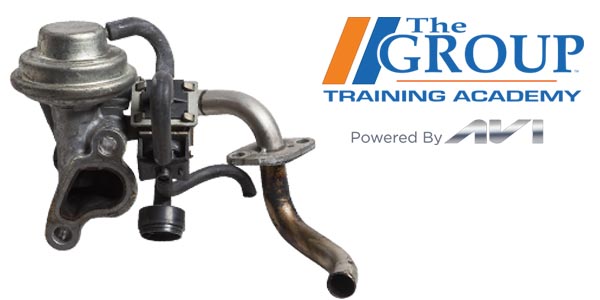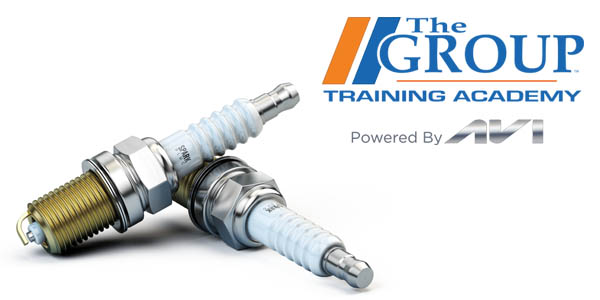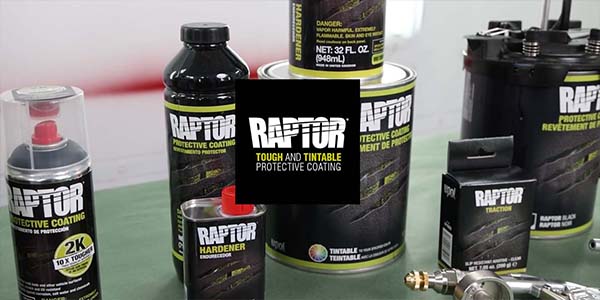CC:
For most people, purchasing a vehicle is the second largest investment they will ever make. Keeping up with the oil and filter changes based on the recommended service intervals is perhaps the most important thing they can do to protect their investment. Today’s motor oils are far more complex than they were years ago when you poured the oil out of a can. So are today’s vehicles. As vehicle manufacturers continue to look for ways to meet federal emissions and fuel economy standards, many OEMs have turned to technologies such as turbocharging and direct injection to squeeze more power and efficiency out of smaller displacement engines. While these engines have fewer cylinders than the mainstream vehicles of yesteryear, they also operate under higher pressures and temperatures compared to traditionally, naturally aspirated engines, and that creates additional demands for today’s motor oil. That’s why motor oil today is often blended to meet the needs of a specific manufacturer or even a specific engine.
Turbocharged engines are a perfect illustration of why it is so important to recommend. The exact type of motor oil that’s specified by the OEM turbochargers operate under intense conditions. Exhaust gases entering a turbocharger can be as hot as 1800 degrees Fahrenheit, and they can spin the turbocharger turbine at speeds that are often exceeding a hundred thousand RPMs. This is a hostile environment that demands a motor oil that can maintain its protective properties at higher temperatures and intense conditions without breaking down in tandem with turbocharging, gasoline direct injection has become much more prevalent on modern vehicles by providing more precise control of the air fuel mixture. GDI can improve fuel economy, reduce emissions, and enhance engine performance. But there’s one downside to this technology. Turbocharged GDI engines are susceptible to something known as low speed pre ignition or L-S-P-I-L-S-P-I also known as super knock, is uncontrolled combustion that typically occurs under low speed, high torque conditions, such as one accelerating from a stop in LSPI, tiny droplets of oil or engine deposit fragments mixed with fuel inside the combustion chamber and ignite ahead of the scheduled spark Timing.
The result is a high pressure spike within the combustion chamber that can lead to knocking rough idling, broken spark plugs, cracked pistons, and potentially catastrophic engine damage. Another factor that has magnified the importance of using the correct motor oil is the extended oil change intervals. Many of us in the automotive aftermarket are old enough to remember when 3000 miles or three months was the universal oil change interval back in the day. However, due to advancements in engine technology and oil formulations, many automakers have set the oil change intervals for new vehicles at 7,500 to 10,000 miles or longer. While that’s welcome news for the vehicle owners, the longer service intervals heighten the importance of using a high quality extended life motor oil that’s designed to perform reliably over longer periods. Today’s motor oils must resist oxidation and degradation longer, maintaining their lubricating properties to protect engines in between oil changes.
The type of motor oil specified by the OEM has been engineered and tested to ensure that it can meet these demands. Advanced technologies like Turbocharging, GDI and variable valve timing have improved the efficiency, performance, and emissions of moderate engines. However, these systems also impose more stringent requirements on the types of motor oil that can be used in modern vehicles. Oils that are specified for these technologies are formulated to meet the unique demands of these systems while safeguarding against premature wear and potential failures. Regardless of whether you are talking to a DIY or A-D-I-F-M customer, it’s more critical than ever to recommend a high quality OEM specified motor oil for today’s vehicles. Thanks for watching and we’ll see you on the next episode.













